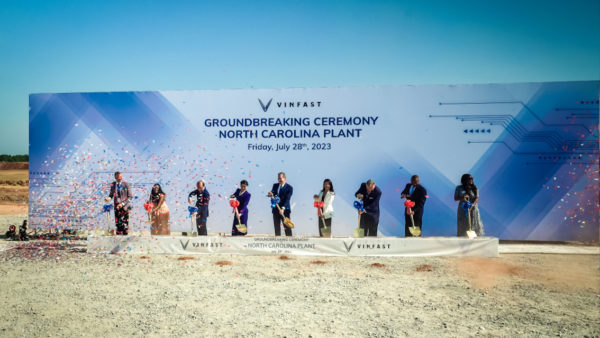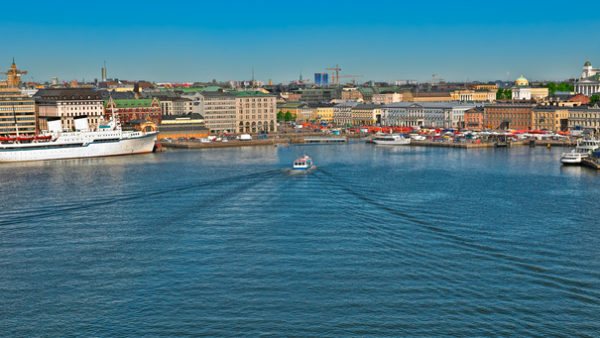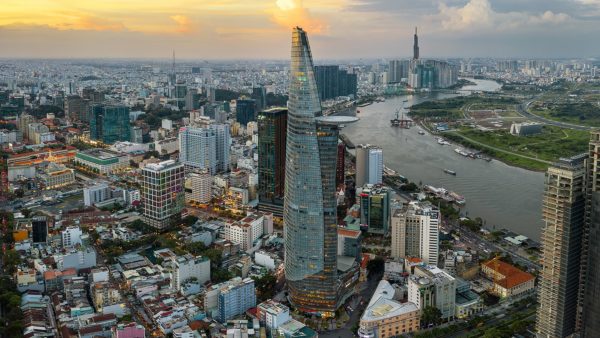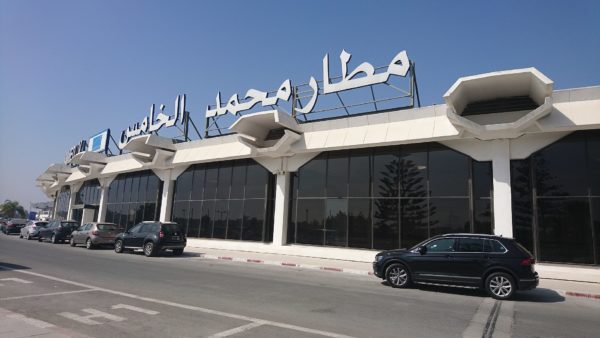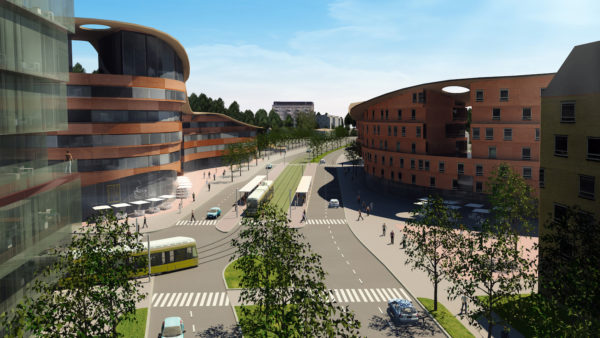Syrian refugees in Jordan are to be trained to fit their camps with solar power systems, to provide supplementary sources of electricity and to give students academic and vocational training in electrical engineering.
A number of bodies are in the process of putting together a training programme for the Zaatari camp, a settlement of some 83,000 people located just south of the Syrian border.
The idea is that as more solar equipment is installed in the camps, the refugees can fit and maintain them, get paid and also gain new skills and a recognised qualification– Alex Just, iPlatform
More than half the camp’s population are between the ages of 13 and 25, but have limited ability to gain a secondary education, and almost no access to undergraduate-level study, fees at Jordanian universities are charged at a higher rate for foreign students than for nationals.
The aim of the scheme is to give young people in the camp a chance to acquire skills that can be used to improve their own surroundings.
The groups involved in the project include GreenGulf, a Qatar-based solar and renewable energy consultancy, the Norwegian Refugee Council, which has been running courses to train residents between 16 and 30 in skills such as carpentry and welding and electrical engineering, and iPlatform, a not-for-profit organisation set up by the Institution Quraysh that promotes progressive change.
Alex Just, the director of programme development for iPlatform, said the aim was to partner with the University of Jordan to put together a curriculum and teaching materials that could be used by residents to become qualified as solar engineers.
He said: "The idea is that as more solar equipment is installed in the camps, the refugees can fit and maintain them, get paid and also gain new skills and a recognised qualification. That way, when they go back to Syria they can become part of the reconstruction process, and if they emigrate and end up in Europe they will have more advanced skills to offer."
He added: "The University of Jordan has one of the best masters degrees in the region in renewable energy, and we’ll also use our own expertise and that of GreenGulf to bring together industry best practice, so that students will have access to a combination of academic and vocational tuition."
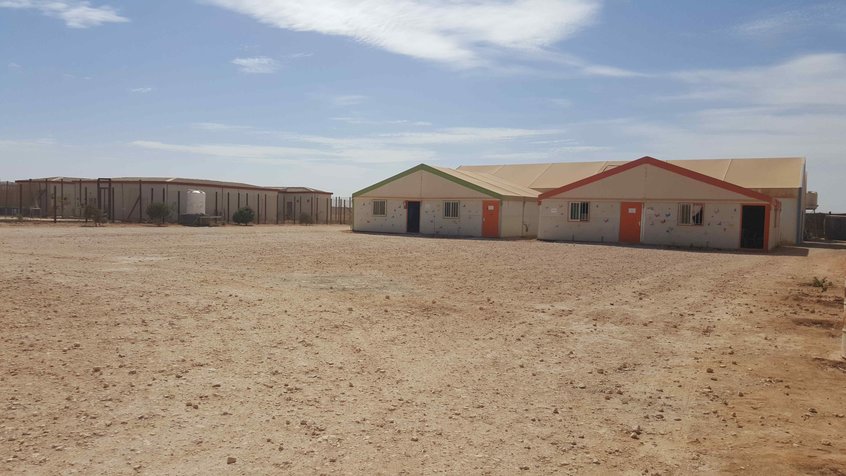
Norwegian Refugee Council training centre (source: iPlatform)
The scheme’s promoters are hoping to launch it next year. If it proves a success the intention is to scale up the solar power training and deploy it in other disaster zones, and also to extend it to other professional skills that can be taught using online platforms.Â
Just said: "We’re looking at fundraising now. And with these things there’s always a lot of administrative work that needs to be done – we hope to work closely with the UNHCR, Unicef and the Jordanian authorities that control and manage the camps alongside them."
The Zaatari camp was formed by the UN High Commissioner for Refugees and the Jordanian authorities in 2012. It was initially composed of tents, but these have largely been replaced by corrugated iron cabins that are partially electrified.
The camp has had issues with drugs, prostitution and riots, but Just said the Jordanian authorities had now succeeded in creating an "air of normality", providing supermarkets and a credit card system. Â
Other camps, such as Ashraq, have significantly worse conditions; the Mrajeeb Al Fhood camp, which is funded by the United Arab Emirates, has full electrification.
Altogether, about 3 million people are thought to have fled Syria; of these about 2 million are living in Turkey.
Top image: The camp is the largest population centre in Jordan’s Mafraq province (Wikimedia Commons)





